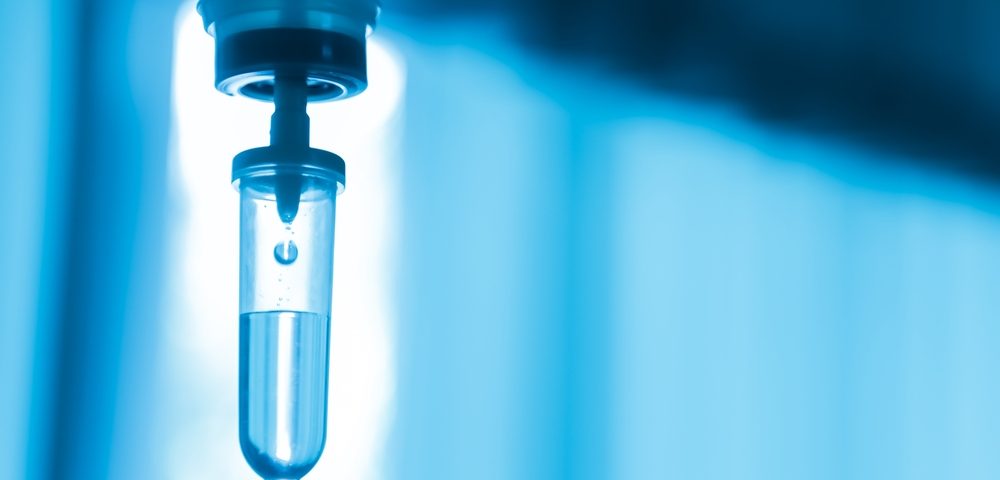A chemotherapy regimen called modified busulfan-cyclophosphamide (mBuCy) — which consists of busulfan, cyclophosphamide, semustine, and cytarabine — is as effective as standard chemotherapy in preparing lymphoma patients for a stem cell transplant, a study has found.
The study, “Modified BuCy is an alternative conditioning regimen for lymphoma patients undergoing autologous stem cell transplantation,” was published in Annals of Hematology.
For some lymphoma patients, treatment with high-dose chemotherapy followed by an autologous stem cell transplant is more effective than chemotherapy alone.
An autologous stem cell transplant works by taking blood-forming stem cells from the patient (rather than a donor), using potent chemotherapy to destroy blood cells — both cancerous cells and healthy cells — and then reinjecting the blood-forming stem cells so they can continue making the needed blood cells but not the cancer cells.
The chemotherapy regimen typically used is the SEAM regimen — which consists of carmustine, etoposide, cytarabine, and melphalan — but this isn’t always practical. For example, carmustine is restricted in China, which makes it difficult to apply in clinics there.
The mBuCy regimen has previously been shown to be effective for patients with acute myeloid leukemia undergoing a stem cell transplant, but its effectiveness for lymphoma patients was unclear.
To take a look at this, researchers in China analyzed data from patients with Hodgkin’s and non-Hodgkin’s lymphoma who had been treated with SEAM or mBuCy before a transplant between 2014 and 2018. Based on disease status at diagnosis, the researchers determined 34 pairs of patients who each had similar conditions but one received SEAM and the other received mBuCy.
Survival outcomes were similar for both groups, researchers found. Specifically, 81% of patients receiving the mBuCy regimen lived past the two-year mark, an outcome that was also reached by 78% of those given SEAM.
Similarly, 79% and 70% of patients in each group remained alive and without signs of disease progression for two years or more.
Patients in both groups also had similar rates of nausea, vomiting, and liver and kidney problems. However, patients who received mBuCy were significantly less likely to develop inflammation in the mucous membranes lining the digestive tract or diarrhea. Patients who had mBuCy also had slightly faster production of neutrophils, a blood cell type important in the early stages of fighting infection.
“In summary, mBuCy conditioning regimen was found to be well tolerated with acceptable non-hematological toxicity,” the researchers wrote.
Further studies, such as randomized prospective trials, will need to be conducted to further define whether one regimen is better than the other.


